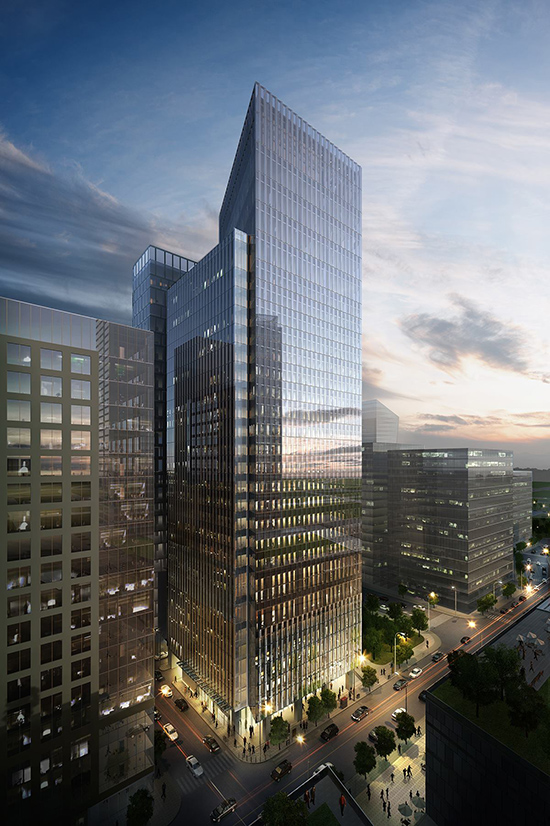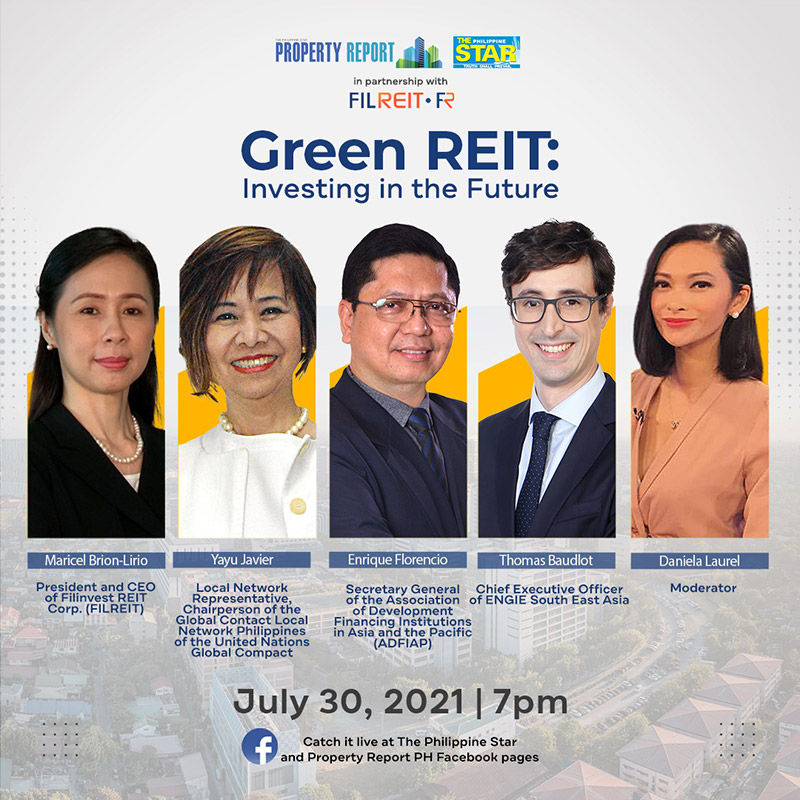On the UC Berkeley website, there was a roundtable discussion among engineers, architects, business leaders and building physicists that discussed climate change adaptation and sustainable design. The kind of knowledge that they have on this subject compared to our knowledge as end-users/clients is so vast and different that this is what Ariane Laxo, interior designer, would have to say, “Our clients are often not well-versed in current climate science, and client literacy is a great factor in determining how far we are able to dig into adaptation; with such a plethora of uncertain future results, we need to come to shared decisions with the client on how to plan for the future.” (https://escholarship.org/uc/item/70w098tb)

FAQs on client literacy on sustainable design or green architecture
1. What do sustainable designers, architects, planners and engineers basically do?
Kristina Pobre, sustainability manager of Arthaland discloses, “We integrate our sustainability requirements prior to the start of the design. This way, we reduce the incurred cost and time delay in the project. During the development of the design, we work with the different trades to ensure that all sustainability requirements are integrated in the design and that the projected performance of the design meets the minimum targeted energy and water savings. When the project is fully operational, we review the actual performance of the building and cross check it with the projected performance to ensure that the building operates sustainably.”
2. Which universities in the Philippines offer courses on sustainability?
The UP School of Urban and Regional Planning (SURP) offers a four-year course on Urban Planning and a Master of Science in Regional Development Planning (MS RDP), which is a joint offering of UP SURP and the Technical University of Dortmund (TUDo) in Germany. The program is aimed at regional and district development planning, with emphasis on rural areas. The program is for two years, with the first year spent at the TUDo and the succeeding year at the UP SURP. They also offer Doctor of Philosophy (Urban and Regional Planning), which is designed to respond to the current practice of planning, including research and consultancy services performed by SURP graduates. (https://our.upd.edu.ph/files/catalogue/SURP.pdf)
The UP College of Architecture in Diliman offers a four-year course in Landscape Architecture and Master of Tropical Landscape Architecture (MTLA), a revitalized two-year program that builds on the old MTLA program while bringing in the latest and emergent design concepts and approaches for outdoor environments in city and countryside settings. Check this link: https://upca.upd.edu.ph/mtla—master-of-tropical-landscape-architecture.html The college curriculum for both Landscape Architecture and Architecture also covers some subjects on sustainability.
Norman Brito, a landscape architect, shared that Landscape Architecture as a course is only available in four universities nationwide: UP Diliman, University of San Carlos in Cebu, University of San Agustin in Iloilo, and Bulacan State University.
3. Are there any certifications that recognize practicing professionals for sustainability?
Yes, there are a number of certifications that professionals may want to take to add value to their current practice.

LEED (Leadership in Energy and Environmental Design). A LEED credential denotes proficiency in today’s sustainable design, construction, and operations standards. (https://www.usgbc.org/credentials)
BERDE (Building for Ecologically Responsive Design Excellence). The Philippine Green Building Council (PHILGBC) developed the BERDE Professionals Basic Training Course to increase the capability of professionals and project proponents in implementing green building projects. (https://philgbc.org/tag/certified-berde-professional/)
EDGE (Excellence in Design for Greater Efficiencies). EDGE brings speed, market intelligence, and an investment focus to the next generation of green building certification in more than 170 countries. (https://edgebuildings.com/about/about-edge/)
4. Why do we need sustainable design, architecture, and technology?
In an archipelago with more than seven thousand islands that are exposed to water from all directions—South China Sea in the west, the Pacific Ocean in the north and east, and the Sulu and Celebes seas in the south—we are literally surrounded by warm waters that continue to rise and release heat into the atmosphere, resulting in stronger and more frequent typhoons. This fact alone should be enought to underscore the need for sustainable designs that can also adapt to climate change.
5. Sustainable building efforts and utilizing sustainable technologies can be very costly. How do professionals like you work around this?
Kristina Pobre answers, “The idea that sustainability is costly is a common misconception. There are many sustainable design strategies that do not involve additional costs, like proper orientation, balance of the window to wall ratio, and proper lighting design. All these can be addressed by the designer without having to buy anything outside of the normal expenses.”
Frances Pacheco-Francisco, a design architect manager, adds that Filipinos already have a blueprint on sustainable design in the form of the bahay kubo. “Its design maximizes natural ventilation, daylighting, and sun shading. The materials used for the flooring and roof also help in reducing heat gain.” Again, these are design features that are not necessarily outside of the normal building expense.
“I think that going environmentally friendly is not an issue of expense but more an issue of adaptation. It demands a big adjustment by every individual, company, and government unit. I think that’s where the apprehension lies—in the transition itself.” Architect Brito adds.
6. As professionals practicing sustainability, how does this approach add value to the ultimate triple bottom line—people, profit, and planet?
Having sustainable design features such as glazing, breezeways, vertical gardens, water features, etc. in a structure directly affects the users as it passively cools the space, adds more natural light, and lessens the stress because of excellent ventilation. Adding features that may be costly, such as rainwater recycling system or LED lights, should not be seen as an expense but an investment that yields savings on water and energy consumption, which also has positive environmental impact. Producing sustainable projects such as the river landscape development of the Iloilo Esplanade, done by Architect Paulo Alcazaren, added value to the nearby properties, which obviously yields profit.
